Day 30 of Noirvember: Tales from the Dark Side
 For my final contribution for Noirvember 2015, I offer up a tale as dark as any noir scenario – but this one was true: the rise and fall of Lynne Baggett.
For my final contribution for Noirvember 2015, I offer up a tale as dark as any noir scenario – but this one was true: the rise and fall of Lynne Baggett.
Baggett was born in 1924 in Wichita Falls, Texas (also the birthplace of Broadway actor Tommy tune and professional soccer player Mia Hamm, as well as home to the “world’s smallest skyscraper”). Her father, David, was in the oil business and her mother, Ruth, worked as a stenographer. When Baggett was a youngster, her family moved about five hours away, to nearby Dalhart.
According to her studio bio, while on her way to do some shopping at a local department store in the early 1940s, Baggett was “discovered” by Solly Baiano, chief talent scout for Warner Brothers’, and wound up with a contract with the studio. In 1941, she appeared in a bit part in her first film, Manpower, starring Edward G. Robinson, George Raft and Marlene Dietrich.
Baggett spent the next several years in a series of uncredited roles including a chorus girl in Murder on the Waterfront (1943) and the oldest daughter of the title character in The Adventures of Mark Twain (1944), and in her first film noir feature, Mildred Pierce (1945), she’s the dark-haired waitress who gets into an argument in an early scene about stealing tips. Off-screen, Baggett enjoyed a small measure of fame when she was voted the Triple A Girl (“adorable, amicable and amorous”) by the soldiers at Camp Haan in California, and named “Cobra Girl” by the Air Force boys at San Antonio’s Kelly Field. Also around this time, Baggett began dating director Jean Negulesco, who would later helm such hits as Johnny Belinda and How to Marry a Millionaire, as well as several noirs, including The Mask of Dimitrios (1944) and Road House (1948). Later, she moved on to fellow Warner Bros. contract player, George Tobias, who is perhaps best remembered by today’s audiences as Abner Kravitz in Bewitched, but who had prominent roles in several films noirs, including Nobody Lives Forever (1946) and The Set-Up (1949).
 In 1946, Baggett landed a contract at Universal, and finally earned her first screen credit, appearing fifth-billed in an Abbott and Costello vehicle, The Time of Their Lives. But her career soon took a backseat to her personal life when she became involved with Sam Spiegel, a producer 20 years her senior whom she’d met several years earlier during a screen test for The Stranger. Baggett didn’t get the role, but she obviously caught Spiegel’s eye – a couple of years later, he moved Baggett into his Hollywood home, and in April 1948, he married her. The nuptials were witnessed by actress Evelyn Keyes and her then-husband, director John Huston, a close friend of Spiegel’s who teamed with him to create the independent film production company, Horizon Pictures. (The company would go on to produce such classics as The African Queen, Bridge Over the River Kwai, and Lawrence of Arabia.)
In 1946, Baggett landed a contract at Universal, and finally earned her first screen credit, appearing fifth-billed in an Abbott and Costello vehicle, The Time of Their Lives. But her career soon took a backseat to her personal life when she became involved with Sam Spiegel, a producer 20 years her senior whom she’d met several years earlier during a screen test for The Stranger. Baggett didn’t get the role, but she obviously caught Spiegel’s eye – a couple of years later, he moved Baggett into his Hollywood home, and in April 1948, he married her. The nuptials were witnessed by actress Evelyn Keyes and her then-husband, director John Huston, a close friend of Spiegel’s who teamed with him to create the independent film production company, Horizon Pictures. (The company would go on to produce such classics as The African Queen, Bridge Over the River Kwai, and Lawrence of Arabia.)
A small role in the noirish period piece Lured (1947) was Baggett’s last role until 1950, when she returned to the screen for the biggest role of her career, in the outstanding film noir D.O.A. Here, she played a key role as Mrs. Philips, the shady widow of an import-export company head. Her performance was noted by several critics, including Bosley Crowther who wrote of her “helpfulness” to the film. After D.O.A., Baggett was seen in the Burt Lancaster starrer, The Flame and the Arrow, followed by another foray into film noir with The Mob (1951), starring Broderick Crawford.
But The Mob would be her last film – just when it looked like her career was finally taking off, Baggett’s personal life began a downward spiral. First, in early 1951, while her husband was out of the country for pre-production of The African Queen, Baggett began an affair with prolific novelist, playwright, and screenwriter Irwin Shaw who, like Baggett, was very much married. The next year, Baggett and Spiegel separated following an incident during which she reportedly slashed all of her husband’s suits with a pair of scissors and destroyed six Picasso paintings. Things went from bad to worse when Baggett jumped into a brief affair with John Huston (who, by now, had gotten a divorce from Evelyn Keyes as well as split from his business venture with Spiegel). Later that year, Baggett filed for divorce against Spiegel in New York, charging adultery; Spiegel responded by seeking a divorce on the same grounds in Santa Monica, California.
 But the worst was yet to come. In July 1954, Baggett was driving a car that she’d borrowed from her old friend George Tobias when she hit a station wagon filled with boys returning from summer camp. Four of the boys were injured and one, nine-year-old Joel Watnick, was thrown from the vehicle and killed. Baggett left the scene after the crash and didn’t report it to police; two days later, she was arrested in Los Angeles after Tobias’s car was found in an auto repair shop with a damaged bumper, grill and frame. The police report stated that an unidentified woman had telephoned a tow truck company and asked that her car be picked up, stating that a truck had hit the vehicle and asking that “the repair work be done at once.” After she was picked up by officers, according to one newspaper account, Baggett “wept copiously behind her sunglasses” – she was later charged with felony hit and run driving and felony manslaughter. During her trial, Baggett testified that she blacked out after the collision.
But the worst was yet to come. In July 1954, Baggett was driving a car that she’d borrowed from her old friend George Tobias when she hit a station wagon filled with boys returning from summer camp. Four of the boys were injured and one, nine-year-old Joel Watnick, was thrown from the vehicle and killed. Baggett left the scene after the crash and didn’t report it to police; two days later, she was arrested in Los Angeles after Tobias’s car was found in an auto repair shop with a damaged bumper, grill and frame. The police report stated that an unidentified woman had telephoned a tow truck company and asked that her car be picked up, stating that a truck had hit the vehicle and asking that “the repair work be done at once.” After she was picked up by officers, according to one newspaper account, Baggett “wept copiously behind her sunglasses” – she was later charged with felony hit and run driving and felony manslaughter. During her trial, Baggett testified that she blacked out after the collision.
“I heard a loud crash and my head hit the steering wheel: everything seemed like a whirlpool. I tried to focus my eyes but I seemed blind. I had trouble breathing. Then I saw a little boy lying on the sidewalk and I managed to get out of the car,” Baggett said. “I saw a woman’s face in my vision. I said, ‘Oh, my God. Somebody please call an ambulance.’ The next thing I knew I was in the car and the top of a hill was running at me. I was frozen to the wheel. The car stopped. I got out and started to run. I took a bus and went to a movie in Hollywood. It was about auto racing. . . . When I finally got home, I got down on my knees and prayed – prayed that the little boy wasn’t dead.”
 Although her attorney had declared he would “show that Miss Baggett did not intentionally leave the scene,” she was convicted by a jury of 11 women and one man of the hit-and-run charges but acquitted of the manslaughter charges. Baggett was sentenced to 60 days in county jail and placed on three years’ probation. The trial judge remarked that Baggett “lacked a feeling of human kindness and was concerned only with herself. I am convinced of her attempt to evade responsibility of the law in leaving the scene of the accident.”
Although her attorney had declared he would “show that Miss Baggett did not intentionally leave the scene,” she was convicted by a jury of 11 women and one man of the hit-and-run charges but acquitted of the manslaughter charges. Baggett was sentenced to 60 days in county jail and placed on three years’ probation. The trial judge remarked that Baggett “lacked a feeling of human kindness and was concerned only with herself. I am convinced of her attempt to evade responsibility of the law in leaving the scene of the accident.”
In December 1954, while serving her term, Baggett spoke with UPI correspondent Aline Mosby, telling her, “I still don’t feel I belong here, but in a way, the judge did me a favor. This is the end of a cycle of bad luck for me. The past three years I have been filled with anxiety because of my marital problems. I’ve been in another jail of sorts the past three years.” She also shared that she would spend New Year’s Day scrubbing floors and patching the uniforms of her fellow inmates. “I received nice Christmas cards from the Bogarts, director Jean Negulesco and many people I did not know who were very understanding.” Baggett added that she had not heard from Sam Spiegel.
The month following her interview with Mosby, after serving 50 days of her sentence (which was reduced for “good behavior”), Baggett was released from jail, telling reporters that the experience had been “sort of my college. I learned so much about life.” Baggett shared that she was ready to return to the big screen “if anyone will take me.”
Sadly, it didn’t appear that anyone would. A couple of months later, after a nasty and costly battle, Baggett’s divorce from Spiegel was finalized – the actress was awarded an $85,000 settlement, but was ordered to pay $38,500 in attorney fees. Unable to find film work, Baggett seemed to fade from public view, except for a brief newspaper mention in May 1955, which reported that she was spotted riding her bicycle around Hollywood because “courts ruled that she can never again drive an automobile.” But she was back in the news in June 1959, when she took an overdose of sleeping pills. She called a telephone operator for help before losing consciousness, and police had to break down her locked door to rescue her. Just two months later, she was in the news again, claiming that she’d fallen in her apartment and been trapped under the foldaway bed in her apartment for six days, unable to move or reach her telephone. After being hospitalized for malnutrition, Baggett was found to be partially paralyzed due to an addition to drugs and was diagnosed as a chronic depressed neurotic.
 Just seven months later, in March 1960, Baggett was found dead in her bed by her nurse, Darlene Jones. She was just 35 years old. She’d been released six weeks earlier from a private sanitarium, where she was under a doctor’s care for peripheral neuritis (inflammation of the nerves). Paralyzed from the knees down, Baggett had taken an overdose of barbiturates and had been dead for about 12 hours. Jones told police that Baggett had asked her not to come to her apartment until late the following day because “she wanted to get a lot of rest.” Her death was ruled accidental. Reportedly, while Sam Spiegel did not attend her funeral services, he paid the bill.
Just seven months later, in March 1960, Baggett was found dead in her bed by her nurse, Darlene Jones. She was just 35 years old. She’d been released six weeks earlier from a private sanitarium, where she was under a doctor’s care for peripheral neuritis (inflammation of the nerves). Paralyzed from the knees down, Baggett had taken an overdose of barbiturates and had been dead for about 12 hours. Jones told police that Baggett had asked her not to come to her apartment until late the following day because “she wanted to get a lot of rest.” Her death was ruled accidental. Reportedly, while Sam Spiegel did not attend her funeral services, he paid the bill.
Lynn Baggett is buried at Forest Lawn Memorial Park in Glendale, California.
———–
And that’s a wrap for Noirvember for another year! Thanks so much for coming along this shadowy journey with me, y’all – it’s been a gas!


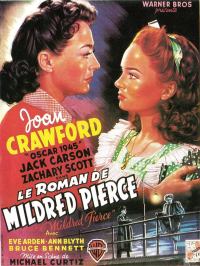




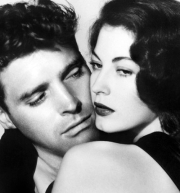













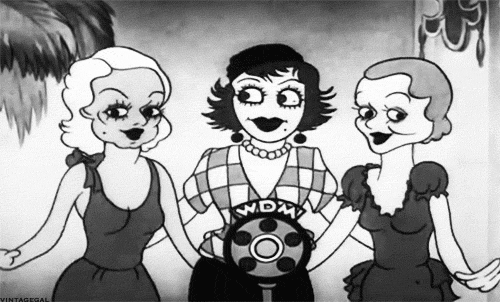
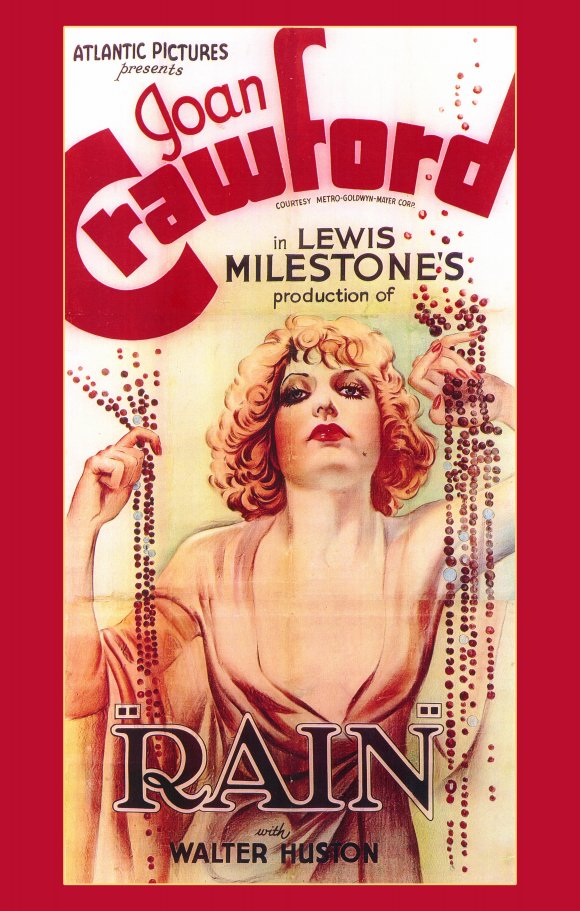

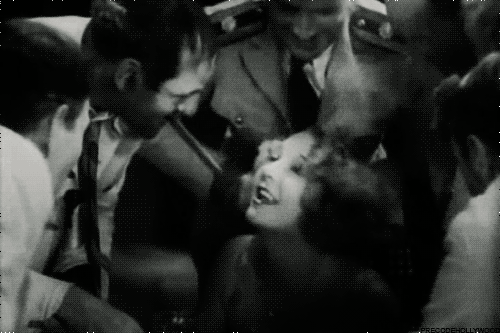
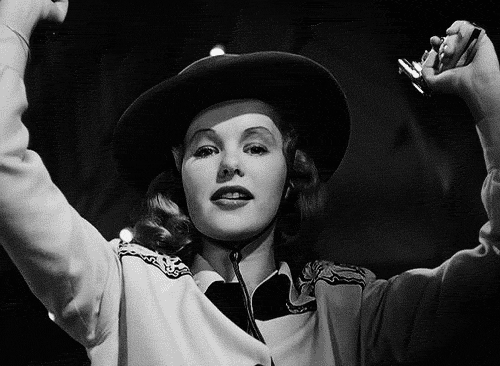

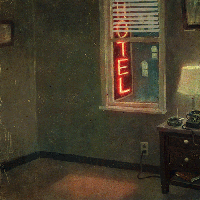
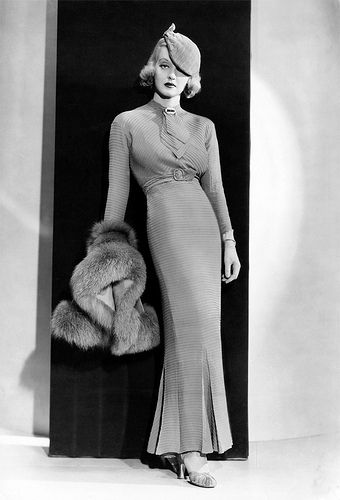



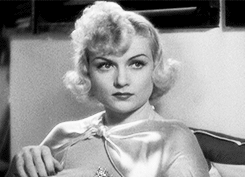







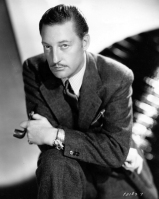
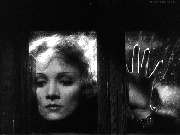


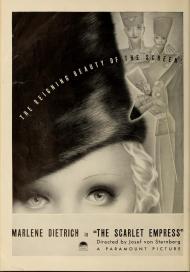
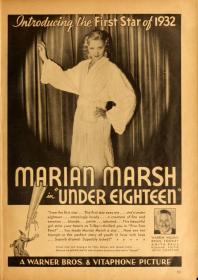
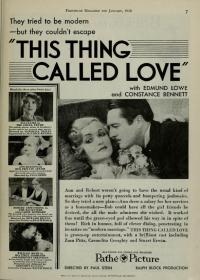





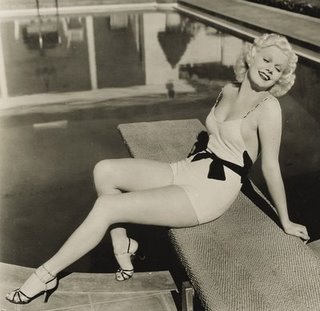





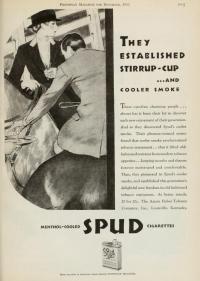

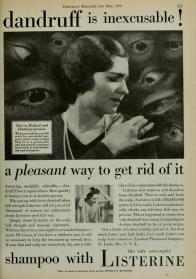
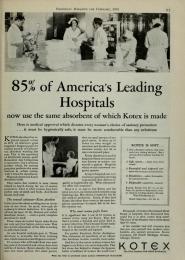
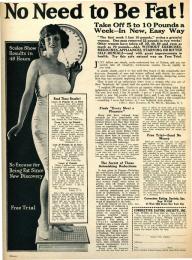


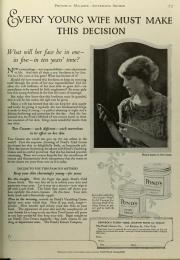
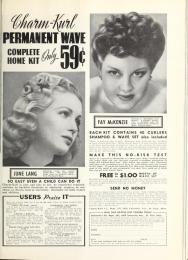
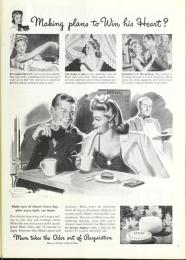


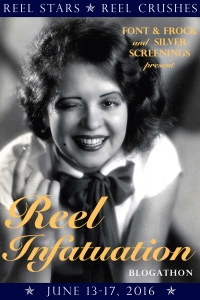



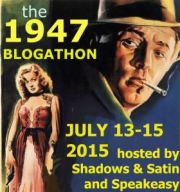







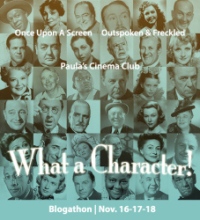





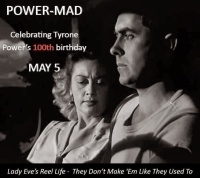












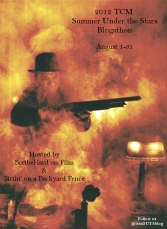





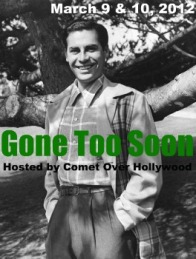


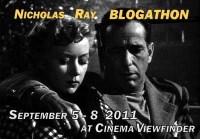

Reminiscent of noir actress (Nightmare Alley) http://www.imdb.com/name/nm0907785/bio?ref_=nm_ov_bio_sm
You’re so right, Jeremy — Baggett was very reminiscent of Helen Walker, another tragic story. Only Walker’s was even worse, because she actually enjoyed a successful career and then lost it all.
Thanks for a great, dark month. I’m already looking forward to next November!
But what a downer for your last day. A sad life.
I really didn’t want to do end on this note, Vienna — it’s an awful story. 😦
This has been a simply marvelous foray into the dark side! You know, because of the censorship, I tend to think that those were happier and moral superior days. But I’ve learned that the films had to decent and acceptable but the lifestyle of the acting community was not much different (and sometimes worse) than what we see today. Codes change, people don’t!!
Thank you so much for the effort you’ve put into this project!
Thank you, Kimberly! That’s an interesting observation. It does seem like it was a simpler, more innocent time, but there were all kinds of dark deeds going on behind the scenes!
I’ve never really noticed Baggett in films, and that’s sad. What an awful life she had! I have to agree with the judge that she seemed concerned only with herself. All of her quotes after the accident and confinement were only about how much it taught her, never anything about the little boy or his family. Still, we don’t know everything, as usual. Quite an interesting and very sad story, and you always do it so well!
I hadn’t noticed that before, but you’re absolutely right about Lynn’s quotes, Becky. She was just sad all the way around.
This has been a great series. What a sad ending…
Thank you so much, Linda. Next year, I will have to definitely end on a more upbeat note! 🙂
Sad ending, but on your final post let me compliment you on this wonderful month of noir. Loved all of it and bravo for all the work you did!
Thanks so much, Kristina! 🙂
Wow! What a tale!
[…] A featured role was played in the film by Lynne Baggett, who had a real-life story that would rival any noir. Read more about her rise and fall here. […]